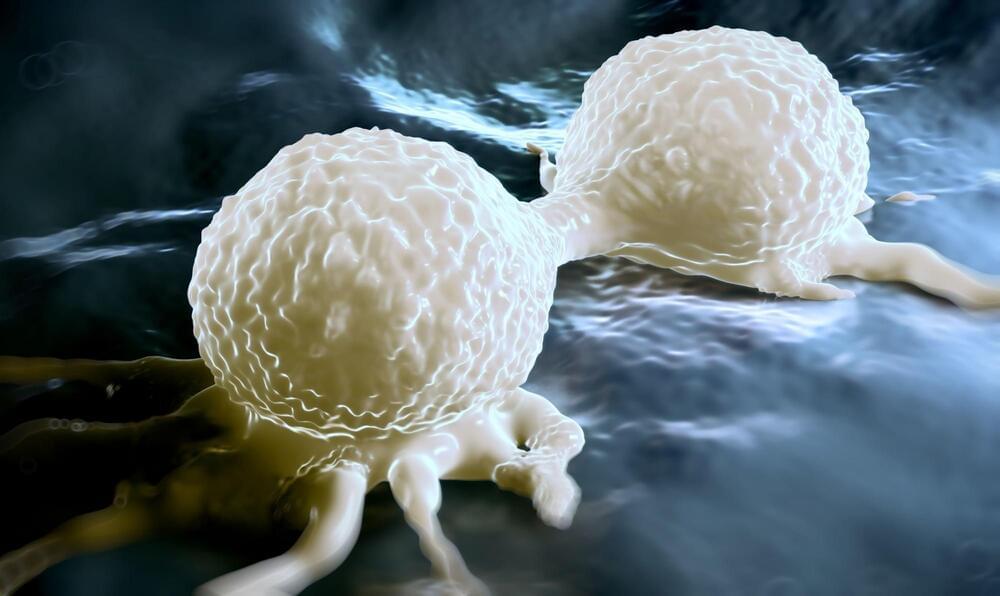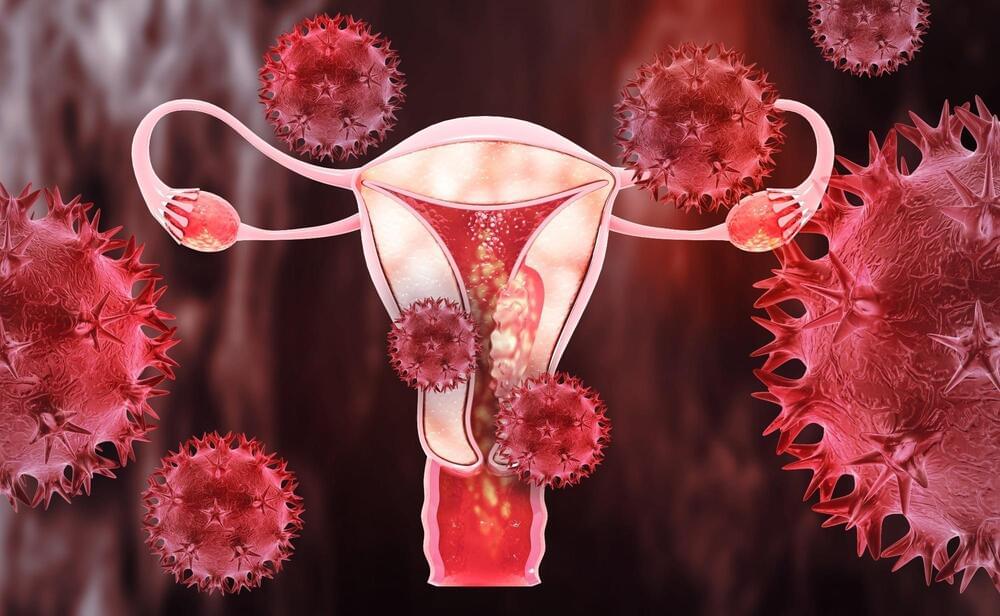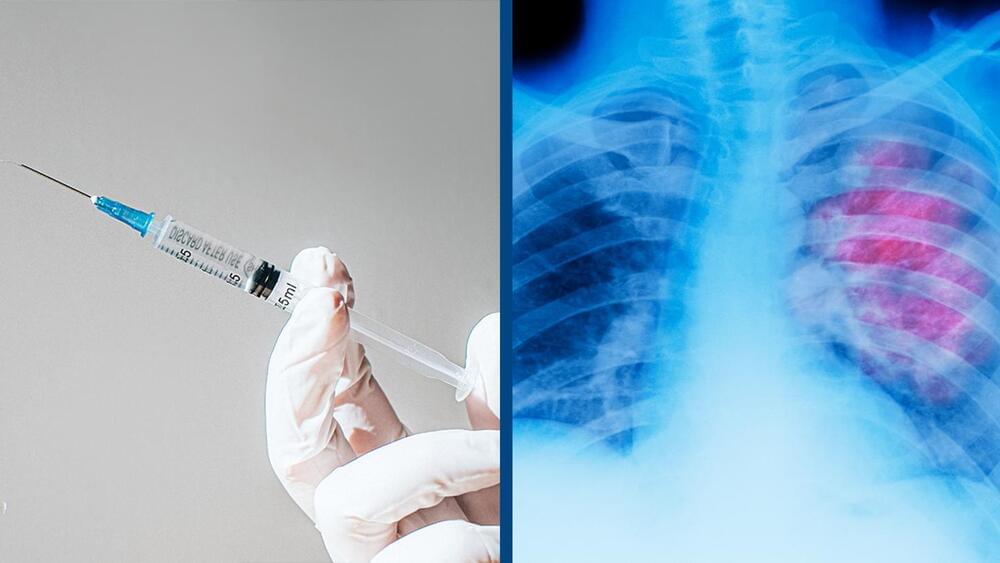Scientists have created an RNA-replicating molecule in the lab — and brought the world one step close to creating artificial life.


Mark Solms discusses his new theory of consciousness that returns emotions to the centre of mental life.
Mark’s book \.
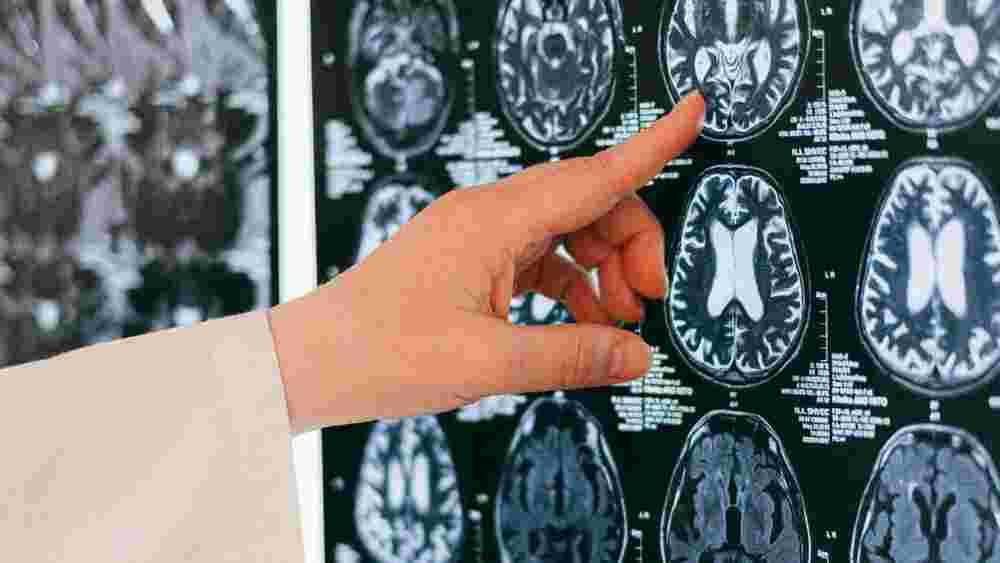
A brain tumor is the growth of abnormal cells in the brain or the area near it including nerves, pituitary gland, pineal gland, and membranes that cover the surface of the brain. Sometimes it can happen in the brain tissue as well. Brain tumours can be cancerous (malignant) or it can be non-cancerous (benign). However, both of them can be potentially life-threatening.
On the other hand, movement disorders refer to a cluster of neurological conditions that can either cause increased movements or decreased movements. For the unversed, brain tumours that are specifically affecting the brainstem, can sometimes cause various movement disorders.
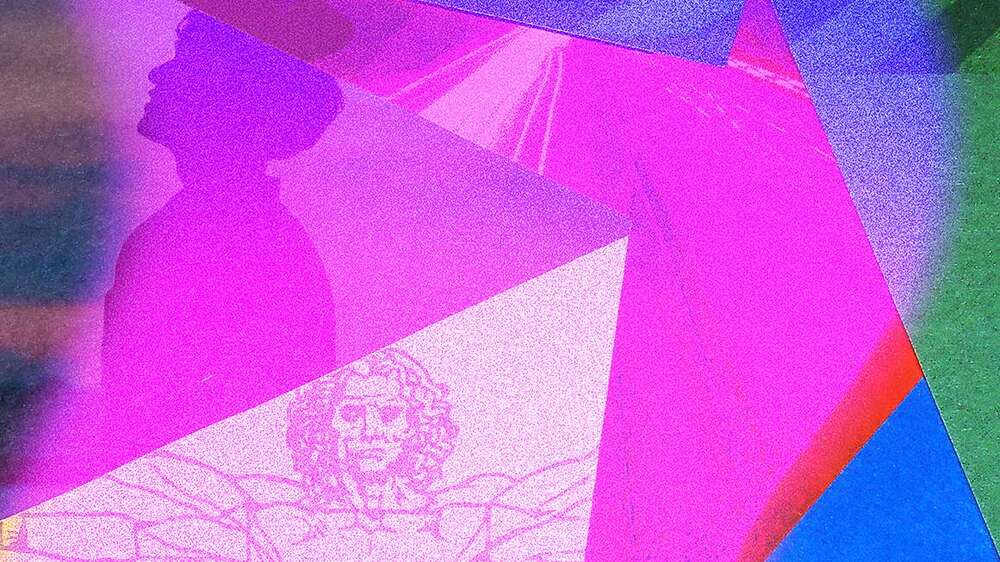
The development of Transhumanism / Extropianism in the final two decades of the 20th century also set in motion the creation of digital cash, including the breakthrough killer app: Bitcoin.
The Austrian economist Friedrich Hayek wanted to denationalize money. David Chaum, an innovator in the field of cryptography and electronic cash, wanted to shield it from surveillance. Their goals were not the same, but they each inspired the same man.
Max O’Connor grew up in the British city of Bristol in the 1960s and ’70s. Telling his life story to Wired in 1994, he explained how he had always dreamed of a future where humanity expanded its potential in science-fictional ways, a world where people would possess X-ray vision, carry disintegrator guns, or walk straight through walls.
By his teenage years, O’Connor had acquired an interest in the occult. He thought the key to realizing superhuman potential could perhaps be found in the same domain as astral projection, dowsing rods, and reincarnation. But he began to realize there was no compelling evidence that any of these mystical practices actually worked. Human progress, he soon decided, was best served not by the supernatural but by science and logic.
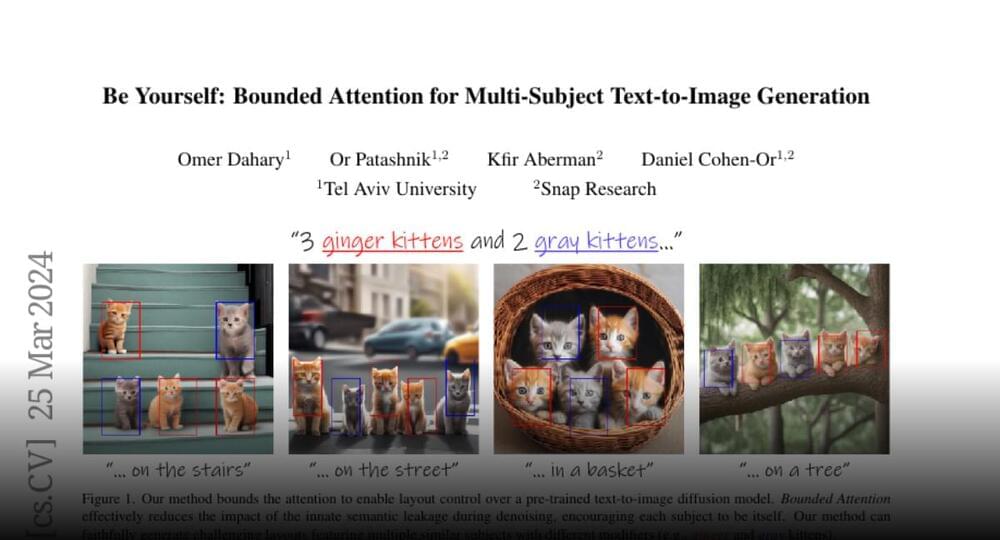
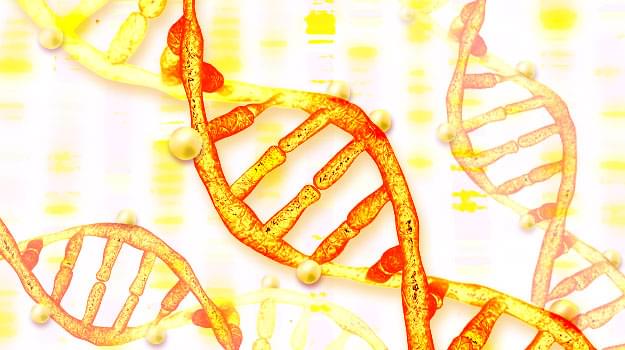
Ubiquitous Potential
While many gene-editing therapies are focused on fatal genetic diseases, epigenetic editing’s safety profile may enable the treatment of more common diseases. The fact that no underlying changes are made to the DNA sequence “offers some additional safety assurances for this approach compared to some others where the risk/benefit [ratio] needs to be maybe a little different before you would employ those technologies,” Kane told BioSpace.
Additionally, because most common diseases are not driven by genetic mutations, epigenetic editing may be a better fit. “Most of those diseases are driven from expression levels being at an unhealthy level,” Kane said. “That is something that a tool like epi[genetic] editing is uniquely well-suited to address.”
